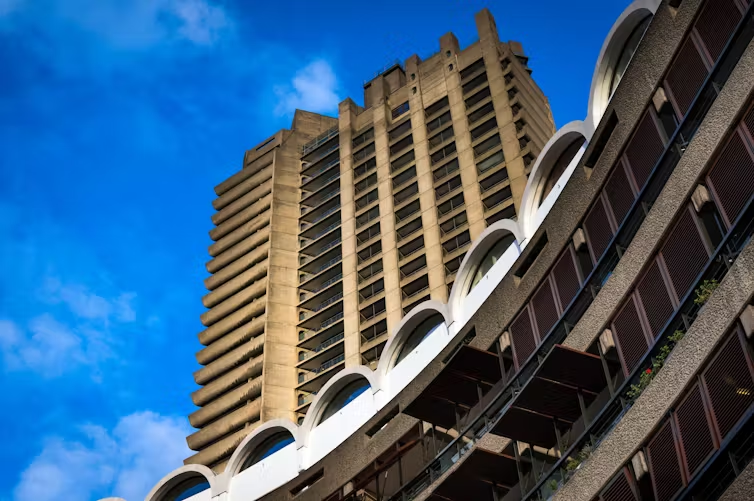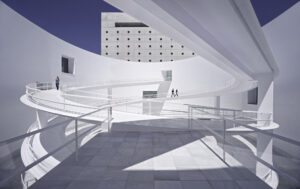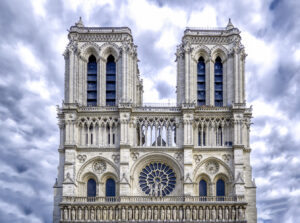The Rise of the Monolith: Hollywood’s Reaction to Raw Concrete
The most talked-about epic of the year is a 216-minute cinematic powerhouse that is focused on a single, unyielding man and his vision for the created world. It is neither a historical war movie nor a royal drama. In addition to winning Best Motion Picture, Best Actor, and Best Cinematography, Adrien Brody’s Oscar-nominated picture The Brutalist, which stars him as Hungarian-Jewish architect László Tóth, has accomplished more. Unexpectedly, it has brought brutalist architecture, one of the most hated and misinterpreted architectural movements of the 20th century, back into the spotlight.
Brutalist structures have long been associated with concrete ugliness, urban deterioration, and Soviet tyranny. Now, an incredibly ambitious movie tells a very intimate tale of tragedy, immigration, and the illusive American Dream using the gigantic size of the style. The Brutalist is imposing a significant cultural reevaluation by fusing the architect’s emotional performance with the icy, unpolished concrete of his designs. Is this approach genuinely “brutal,” or is it a misinterpreted, highly regarded manifestation of integrity and perseverance?
Concrete’s Unadulterated Power: A Conflict-Defined Style
We must first examine the source in order to comprehend the debate. Although the association seems simple, the word “brutalism” is not actually derived from the English word “brutal,” which means cruel or savage. Its root word is béton brut, which means “raw concrete” in French.
The style, which sprang from the destruction of post-World War II Europe, was promoted by avant-garde architects such as Marcel Breuer, Le Corbusier, and Alison and Peter Smithson. It was a concept based on socialist utopia: it was practical, unadorned, honest in its materials, and affordable enough to quickly build necessary public infrastructure. The architects who invented the style really thought that their simple, practical structures could contribute to the development of a more just and equitable society. They removed ornamental facades, exposing the building’s bones and structure to the public, making it an obvious display of structure.
The fundamental principles of the style emphasised honesty, simplicity, and usefulness. However, as architecture critic Reyner Banham pointed out, “bright, unvarnished truth tends too often to be even more depressing,” and “simplicity is not invariably and on every occasion a virtue.”
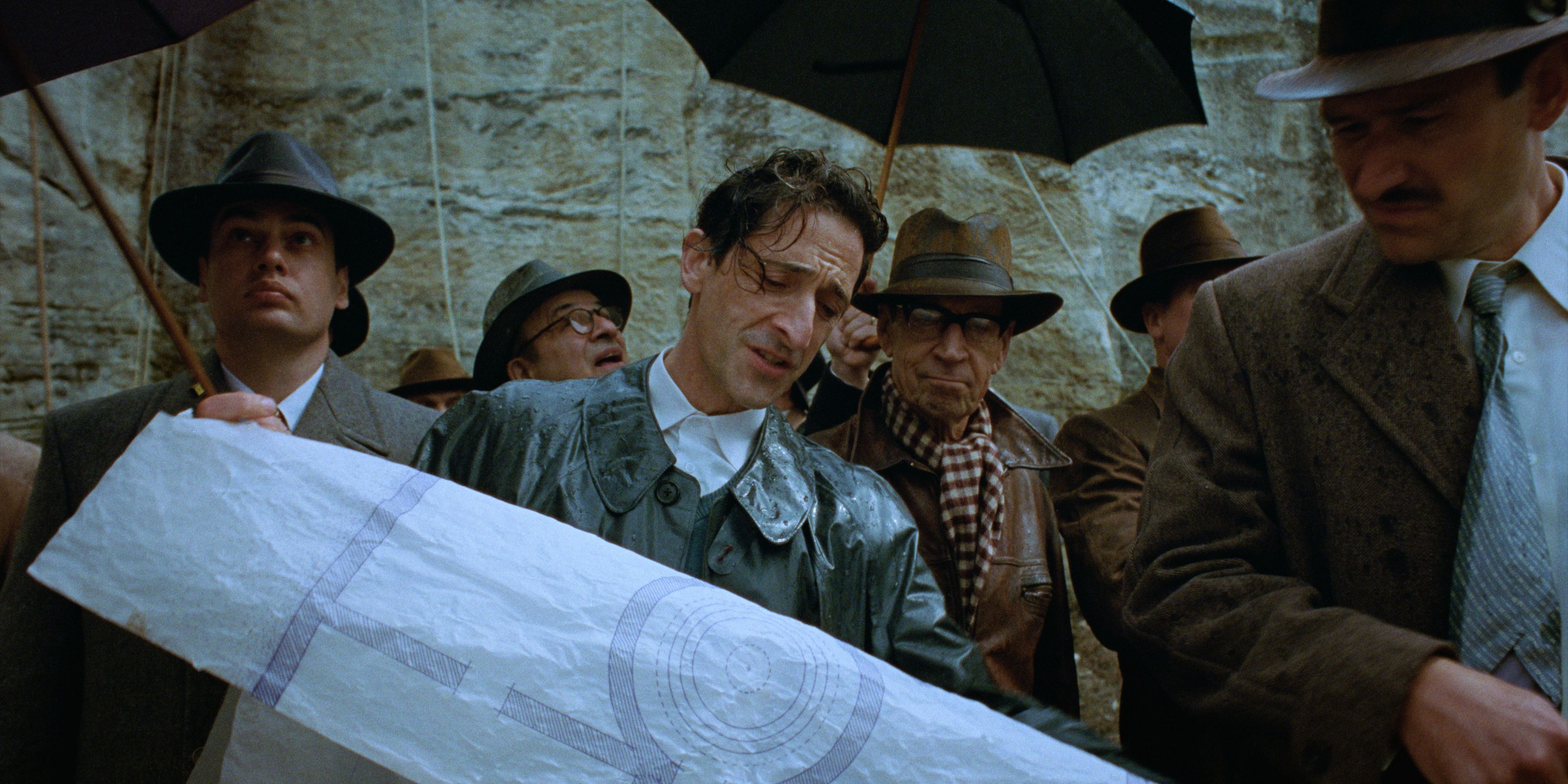
Verified Controversy: The Reason Brutalism Turned Into a “Villain”
Why did brutalism swiftly turn into the villain of architecture if it had its roots in idealism?
The 1970s and 1980s saw the start of the style’s downfall for a number of reasons, all of which fuelled a negative public perception. Originally designed to convey strength and stability, the enormous masses started to be perceived as oppressive and authoritarian. These buildings were frequently adopted as models for “evil environments” in popular culture, such the gloomy cityscapes of A Clockwork Orange, and they were inexorably associated to dystopian futures in the public mind.
Moreover, raw concrete, the material that gave the design its name, did not age well. It showed signs of deterioration as it got discoloured, crumbled, and was frequently costly and difficult to repair. When influential people like British King Charles III, who is known for calling Brutalist structures “concrete stumps,” voiced their opinions, the issue escalated.
These structures solidified their reputation as being aloof, heartless, and alienating by representing urban deterioration and financial difficulties to many. It was evident that the utopian promise of brutalism had not been fulfilled.
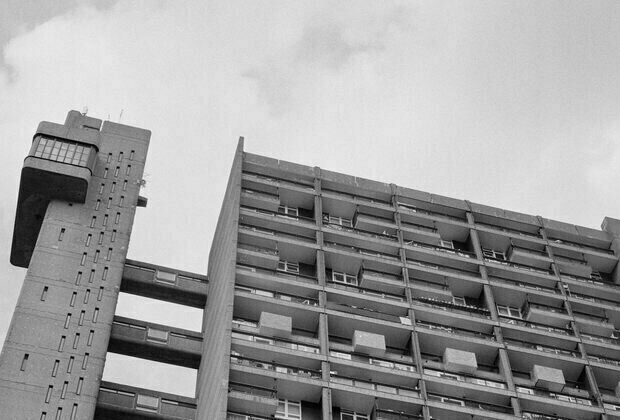
The Barbican Estate, London
The Bold Vision of the Brutalist: The Cinematic Catalyst
However, The Brutalist (2024) presents a compelling counter-narrative. Driven by a deep-seated, unwavering artistic vision, the film centres on architect László Tóth, who survives the Holocaust and comes to America to rebuild his life and career.
The Brutalist style is used by writer Mona Fastvold and director Brady Corbet as a visceral metaphor for Tóth’s inner life rather than as a background. The style is “raw, powerful, emotional and brutally honest”, as Corbet himself described it. With its imposing scale and exposed concrete textures, the film’s captivating images link the architect’s post-war trauma—the necessity of rebuilding from destruction—with the architecture’s fundamental qualities. His colossal, inflexible structures are a reaction to disaster, a call for stability in a world in turmoil.
The structures are reframed as great, albeit painful, artistic expressions through the film’s examination of the creative process, which is simplified for dramatic effect. It presents the idea to the general public that the seemingly impersonal concrete is actually imbued with deep personal significance.
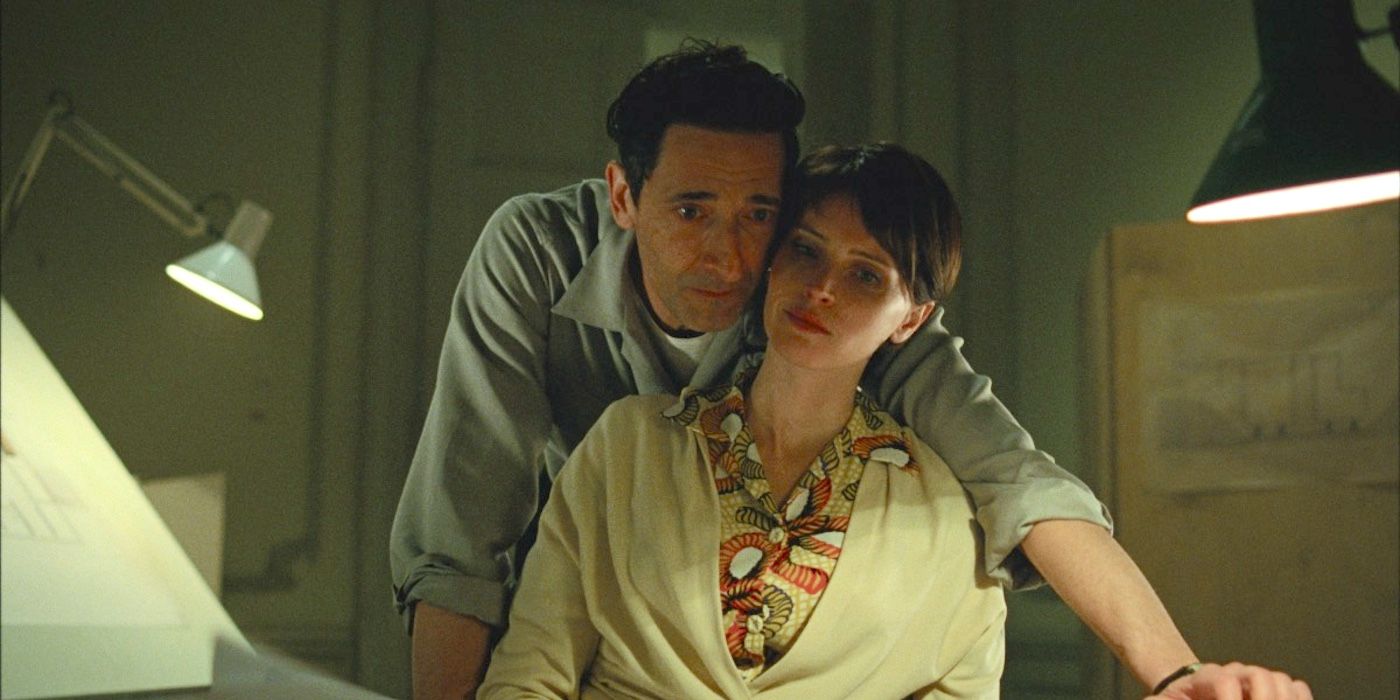
The Architect’s Conundrum: Artistry vs. Accuracy
It is important to note that there has been some debate within the architecture world regarding the movie’s artistic license. A romanticised, “Pinterest mentality” perspective on Brutalism is presented in the film, which critics claim oversimplifies the design process and may compromise historical authenticity for dramatic effect. The style is positioned as a lightning rod that unites controversial architectural tradition and Hollywood spectacle, but this disagreement only serves to increase public engagement.
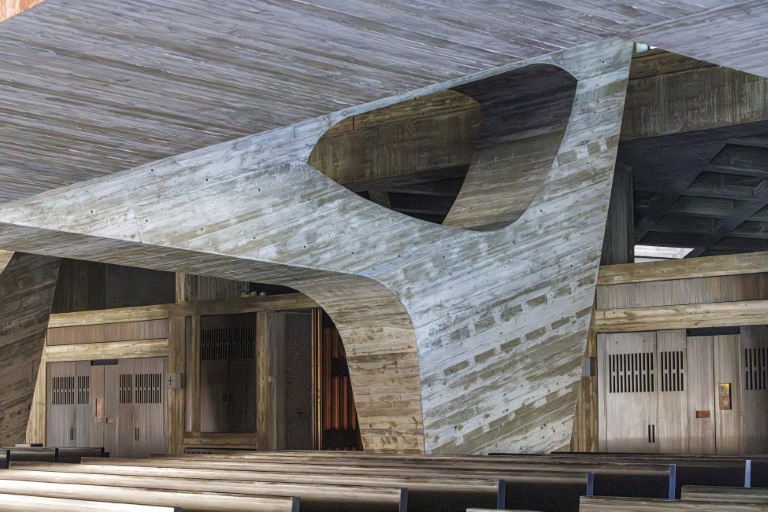
Saint John’s Abbey Church in Collegeville, Minnesota is an example of Brutalist architecture, and the inspiration for the architecture seen in ‘The Brutalist’ / © AFP
A Resurrected Legacy: The Emotional Transition
Brutalism is undergoing a major renaissance, partly due to the popularity of the movie and a wider change in aesthetic preferences. On social media sites like Instagram, where the hashtag #brutalism has amassed hundreds of thousands of photos, a new generation is celebrating what was once generally disapproved of.
Why the sudden gratitude?
According to one hypothesis, brutalism’s intrinsic attractiveness in our contemporary, chaotic, and collapsing environment stems from its enormous forms, dependence on permanency, and honest display of material. A pleasing sense of longevity and resistance to change is embodied by the style, which is challenging to rebuild or destroy.
The resurgence, which is frequently referred to as Neo-Brutalism, recognises the style’s unadulterated, practical strength but does it from a more emotive standpoint. We perceive a memorial to a bygone era of optimism, a building that proudly displays its history on its soiled, honest sleeve, rather than merely a chilly block of concrete. The public has been able to overcome the term’s “brutal” connotation and acknowledge the lasting, cherished power of this architectural heritage thanks to the Brutalists’ provision of the emotional context and grief.
For more content like this CLICK HERE!!!!!
Reference:
Brutalism: Oscar-nominated film has revived interest in a controversial architectural legacy

